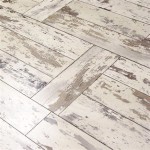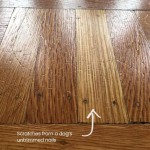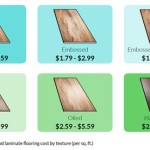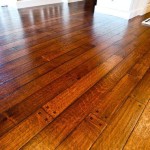Installing Random Width Wood Flooring: A Comprehensive Guide
Installing random width wood flooring is a captivating and rewarding process that can transform the ambiance of any space. With careful planning and meticulous execution, you can create a stunning and durable floor that will enhance your home's aesthetic appeal for years to come. To embark on this journey successfully, it is imperative to understand the essential aspects of installing random width wood flooring.
1. Material Selection
The foundation of a captivating random width wood floor lies in selecting the right material. Consider the species of wood, grain pattern, and finish that aligns with your design vision and lifestyle. Oak, maple, and walnut are popular choices known for their durability and aesthetic versatility.
2. Acclimatization
Before embarking on the installation, allow the flooring to acclimatize to the environment where it will be installed. Unpack the planks and stack them in the room for at least 48 hours prior to installing. This process ensures that the wood adjusts to the temperature and humidity levels, reducing the risk of buckling or warping.
3. Subfloor Preparation
A solid subfloor is the bedrock of a stable and long-lasting wood floor. Ensure that the subfloor is level, dry, and free of any protrusions. If necessary, install a moisture barrier or level the subfloor using a self-leveling compound.
4. Layout Planning
Plan the layout meticulously to minimize waste and achieve the desired aesthetic. Decide on the pattern and starting point, ensuring that the planks run parallel to the longest wall in the room. Use a chalk line to mark the layout and cut the planks accordingly.
5. Installation Techniques
There are two primary installation methods for random width wood flooring: nailing and stapling. Nailing is the traditional method, involving driving nails through the tongue and groove of the planks. Stapling, on the other hand, utilizes a flooring stapler to secure the planks to the subfloor. Both methods have their advantages and disadvantages, depending on the specific flooring product and subfloor conditions.
6. Finishing Touches
Once the flooring is installed, it's time to add the finishing touches. Sand the floor to remove any rough edges or imperfections. Apply a stain or sealant to protect and enhance the natural beauty of the wood. Finally, install baseboards and trim to complete the look.
By following these essential aspects, you can embark on the rewarding journey of installing random width wood flooring with confidence. With meticulous planning, skillful execution, and a touch of patience, you can create a stunning and enduring masterpiece that will grace your home for years to come.

Three Considerations For Installing Random Length And Width Flooring T G

Random Width Planks What You Need To Know Pro Flooring

Varied Hardwood Sizes Make For Unique Installs Features Floor Covering Weekly

How To Install Power Dekor Random Width And Length Laminate Flooring

Varied Hardwood Sizes Make For Unique Installs Features Floor Covering Weekly

How To Install Lock Engineered Hardwood Flooring

How To Install Power Dekor Random Width And Length Laminate Flooring

Wooden Boards Installation Fitting Engineered Flooring

4 Hardwood Plank Sizes And How To Choose The Right One

How To Install Lock Engineered Hardwood Flooring
Related Posts








